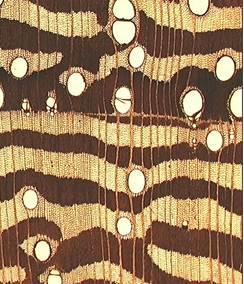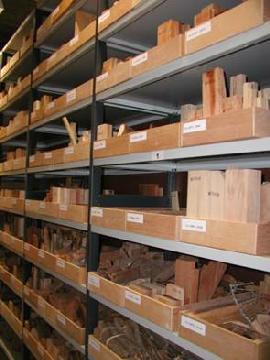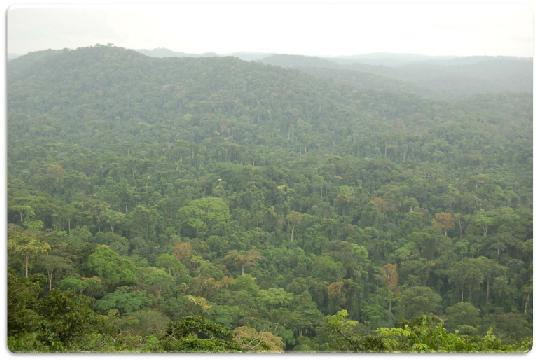Projects
Xylaredd
The Xylarium of the Royal Museum for Central Africa is amongst the most important wood collections worldwide and is often solicited for studies on themes that relate with forest dynamics and forest conservation or management. Therefore, it is primordial to enhance the scientific value of this collection in order to provide information that is accurate, reliable as well as relevant for supporting current forest management. The service of Wood Biology –responsible for the xylarium- manages a unique reference collection of wood samples for the Congo Basin that contains an enormous potential to extract quantitative data. Those quantitative data are essential to document several policy mechanisms: REDD+ (reduction of carbon emissions, financial compensation of carbon sinks), enforcement mechanisms as FLEGT (Forest Law Enforcement, Governance and Trade) in the EU, the Lacey Act in the US, CITES (Convention on International Trade of Endangered Species) and the multiple certification mechanisms for sustainable forest management (FSC, PEFC, MTCS…).
On the other hand, it is also crucial to compare xylarium specimens with their herbarium vouchers (National Botanic Garden, Meise) to remove the uncertainties on the botanical identity. A lot of xylarium samples are not yet coded following the criteria of International Association of Wood Anatomists and there is still a lack of images to develop identification keys and educational tools. Finally, wood density of the samples should also be determined as it is an important variable to estimate carbon stock in a reliable way.
Two UNESCO Biosphere Reserves in the Congo Basin have the priority within Xylaredd: Luki and Yangambi. Both reserves are studied for more than half a century so their role in the REDD+ context should urgently be compiled. Two and three dimensional images will be generated to develop identification keys and to provide parameters for the models on carbon stocks of different forest species and forest types in both reserves.
Principal investigator:
Dates:
2012 2015Museum staff:
- Hans Beeckman
- Maaike De Ridder


